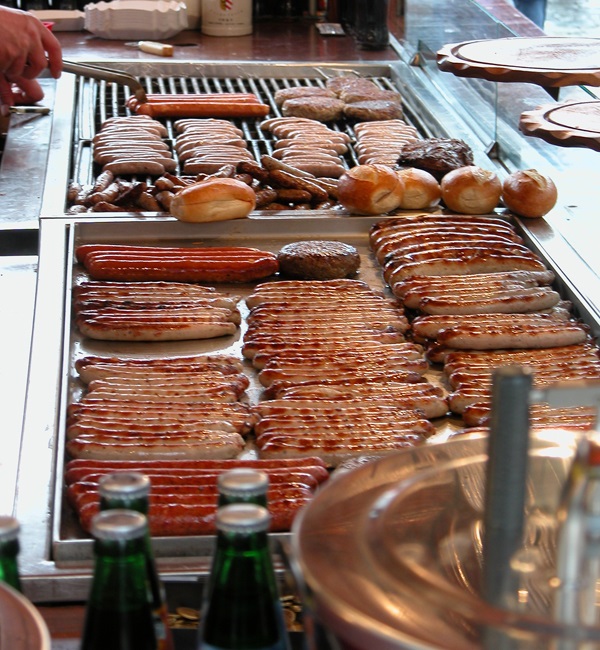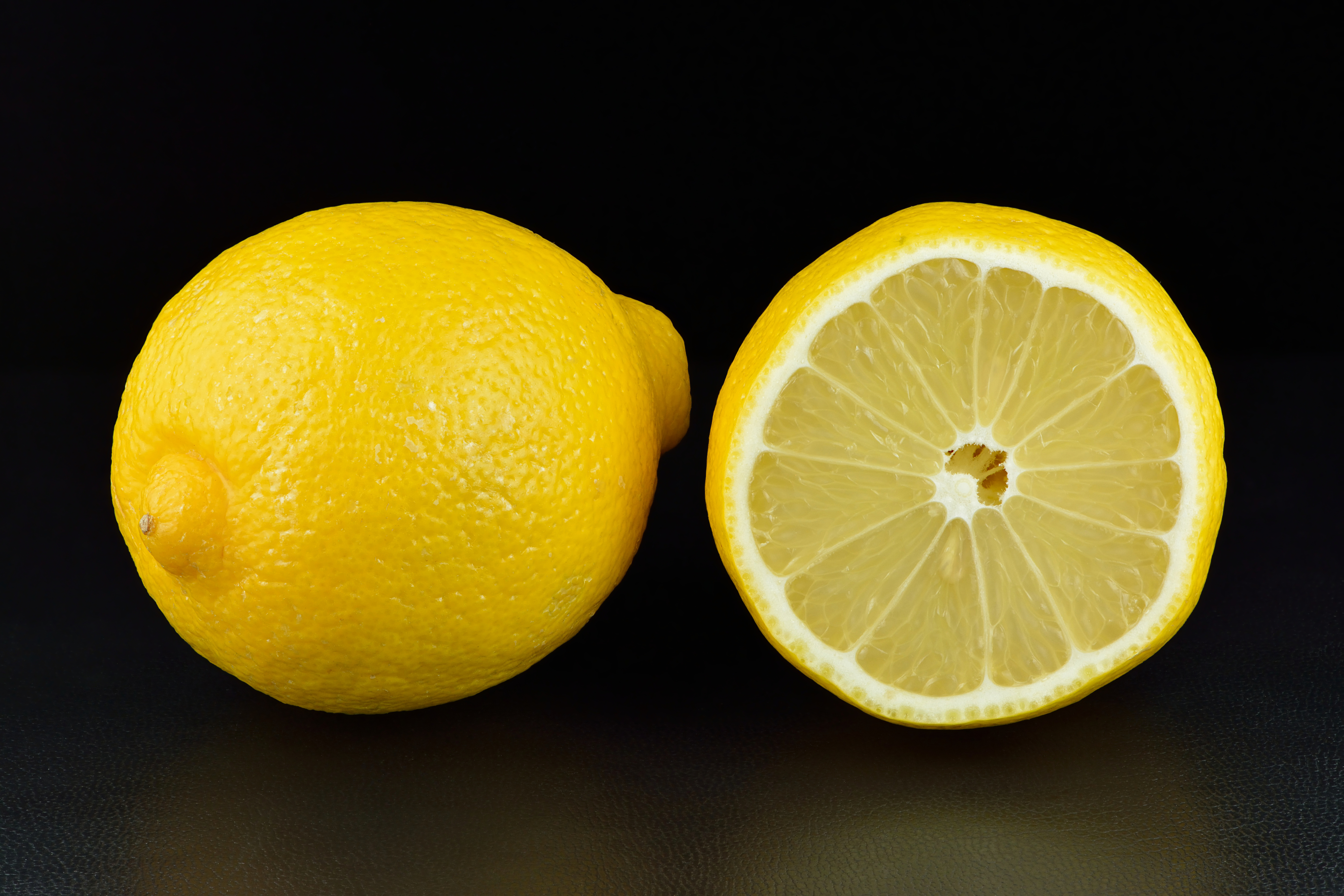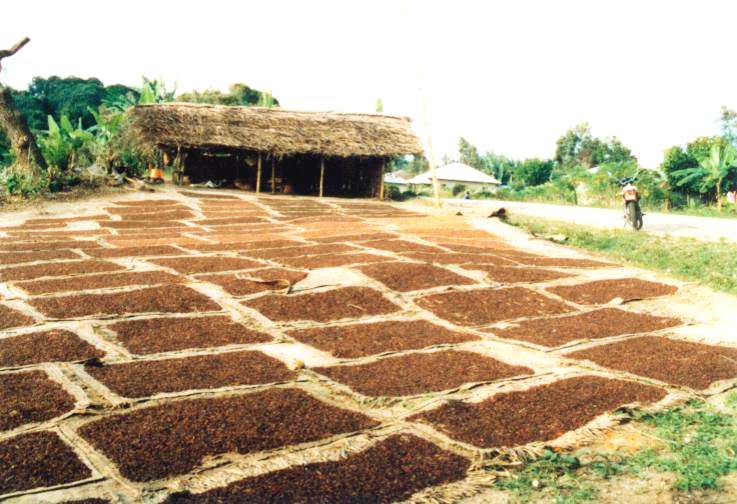|
Magenbrot
is a small, sweet glazed biscuit that shares many similarities with a gingerbread cookie. The name of the dish directly translates to "stomach-bread" as it is believed to help improve digestion. This recipe first appeared in Swiss cooking books in the late 18 century. It is usually sold in Christmas markets in northern Switzerland and southern Germany. It is known by many names including , , or . Appearance and composition Magenbrot is known for its diamond shape and dark brown exterior in Germany, and its bread slice shape in Switzerland. This pastry is made with flour, wheat, baking soda, star anise, cinnamon, cloves, and nutmeg and sweetened using honey and sugar. Candied orange, lemon peel, and hazelnut are also added for flavoring."Magenbrot (Sweet Pieces of Bread)." About.ch. Retrieved 3 December 201 ... [...More Info...] [...Related Items...] OR: [Wikipedia] [Google] [Baidu] |
Christmas Market
A Christmas market, also known as ''Christkindlmarkt'' (literally: '' Christ Child Market'', but the term "Christkind" usually refers to an angel-like "spirit of Christmas" rather than literally the Christ Child), ''Christkindlesmarkt'', ''Christkindlmarket'', ''Christkindlimarkt'', and ''Weihnachtsmarkt'', is a street market associated with the celebration of Christmas during the four weeks of Advent. These markets originated in Germany, but are now held in many countries. Christmas markets date to the Late Middle Ages in the German-speaking part of Europe and in many parts of the former Holy Roman Empire that included many eastern regions of France. They became a popular Advent custom during the Reformation era. Dresden's Striezelmarkt was first held in 1434 and one of the first true Christmas markets; earlier markets of the season were "December markets". Early mentions of these "December markets" can be found in Vienna (1298), Munich (1310), Bautzen (1384), and Frankfurt ... [...More Info...] [...Related Items...] OR: [Wikipedia] [Google] [Baidu] |
Swiss Cuisine
Swiss cuisine is influenced by Austrian, French, German and Northern Italian cuisine, as well as by the history of Switzerland as a primarily agricultural country. As a result, many traditional Swiss dishes tend to be relatively plain and are made from basic ingredients, such as potatoes and Swiss cheese. The great cultural diversity within Switzerland is also reflected in the great number of regional or local specialties. Well-known Swiss dishes include raclette and fondue (molten cheese eaten with bread or potatoes), rösti (fried grated potatoes), muesli (an oatmeal breakfast dish) and Zürcher Geschnetzeltes (veal and mushrooms on a cream sauce). Food and dishes There are many regional dishes in Switzerland. One example is Zürcher Geschnetzeltes, thin strips of veal with mushrooms in a cream sauce typically served with rösti. Italian cuisine is popular in contemporary Switzerland, particularly pasta and pizza. Foods often associated with Switzerland include parti ... [...More Info...] [...Related Items...] OR: [Wikipedia] [Google] [Baidu] |
Pastry
Pastry is baked food made with a dough of flour, water and shortening (solid fats, including butter or lard) that may be savoury or sweetened. Sweetened pastries are often described as '' bakers' confectionery''. The word "pastries" suggests many kinds of baked products made from ingredients such as flour, sugar, milk, butter, shortening, baking powder, and eggs. Small tarts and other sweet baked products are called pastries as a synecdoche. Common pastry dishes include pies, tarts, quiches, croissants, and pasties. The French word pâtisserie is also used in English (with or without the accent) for the same foods. Originally, the French word referred to anything, such as a meat pie, made in dough (''paste'', later ''pâte'') and not typically a luxurious or sweet product. This meaning still persisted in the nineteenth century, though by then the term more often referred to the sweet and often ornate confections implied today. Pastry can also refer to the pastry ... [...More Info...] [...Related Items...] OR: [Wikipedia] [Google] [Baidu] |
Gingerbread
Gingerbread refers to a broad category of baked goods, typically flavored with ginger, cloves, nutmeg, and cinnamon and sweetened with honey, sugar, or molasses. Gingerbread foods vary, ranging from a moist loaf cake to forms nearly as crisp as a ginger snap. Etymology Originally, the term ''gingerbread'' (from Latin ''zingiber'' via Old French ''gingebras'') referred to preserved ginger. It then referred to a confection made with honey and spices. ''Gingerbread'' is often used to translate the French term '' pain d'épices'' (literally "spice bread") or the German terms '' Pfefferkuchen'' (lit. "pepper cake," because it used to contain pepper) or '' Lebkuchen'' (of unclear etymology; either Latin ''libum'', meaning "sacrifice" or "sacrificial bread," or German ''Laib'' for loaf or German for life, ''leben''). Pepper is also referenced in regional names like Norwegian ''pepperkaker'' or Czech ''perník'' (originally ''peprník''). The meaning of ''gingerbread'' has evolved ov ... [...More Info...] [...Related Items...] OR: [Wikipedia] [Google] [Baidu] |
German Cuisine
The cuisine of Germany () is made up of many different local or regional cuisines, reflecting the country's federal history. Germany itself is part of the larger cultural region of Central Europe, sharing many culinary traditions with neighbouring countries such as Poland and the Czech Republic. Southern regions, like Bavaria and Swabia, share dishes with Austrian cuisine and parts of Swiss cuisine. The Michelin Guide of 2015 awarded a three-star ranking (the highest designation) to 11 restaurants in Germany, while 38 more received two-star rankings and 233 one-star rankings. , Germany had the fourth-highest number of Michelin three-star restaurants in the world, after Japan, France, and the United States. Hot foods Meat The average annual meat consumption is per person. The most common varieties are pork, poultry and beef. Other varieties of meat are widely available, but are considered to be insignificant. Source: Statista.com, 2017 Meat is usually braised; fried d ... [...More Info...] [...Related Items...] OR: [Wikipedia] [Google] [Baidu] |
Lemon
The lemon (''Citrus limon'') is a species of small evergreen trees in the flowering plant family Rutaceae, native to Asia, primarily Northeast India (Assam), Northern Myanmar or China. The tree's ellipsoidal yellow fruit is used for culinary and non-culinary purposes throughout the world, primarily for its juice, which has both culinary and cleaning uses. The pulp and rind are also used in cooking and baking. The juice of the lemon is about 5% to 6% citric acid, with a pH of around 2.2, giving it a sour taste. The distinctive sour taste of lemon juice makes it a key ingredient in drinks and foods such as lemonade and lemon meringue pie. History The origin of the lemon is unknown, though lemons are thought to have first grown in Assam (a region in northeast India), northern Myanmar or China. A genomic study of the lemon indicated it was a hybrid between bitter orange (sour orange) and citron. Lemons are supposed to have entered Europe near southern Italy no later t ... [...More Info...] [...Related Items...] OR: [Wikipedia] [Google] [Baidu] |
Clove
Cloves are the aromatic flower buds of a tree in the family Myrtaceae, ''Syzygium aromaticum'' (). They are native to the Maluku Islands (or Moluccas) in Indonesia, and are commonly used as a spice, flavoring or fragrance in consumer products, such as toothpaste, soaps, or cosmetics. Cloves are available throughout the year owing to different harvest seasons across various countries. Etymology The word ''clove'', first used in English in the 15th century, derives via Middle English ''clow of gilofer'', Anglo-French ''clowes de gilofre'' and Old French ''clou de girofle'', from the Latin word ''clavus'' "nail". The related English word ''gillyflower'', originally meaning "clove", derives via said Old French ''girofle'' and Latin ''caryophyllon'', from the Greek ''karyophyllon'' "clove", literally "nut leaf". Botanical features The clove tree is an evergreen that grows up to tall, with large leaves and crimson flowers grouped in terminal clusters. The flower buds initiall ... [...More Info...] [...Related Items...] OR: [Wikipedia] [Google] [Baidu] |
The Cincinnati Enquirer
''The Cincinnati Enquirer'' is a morning daily newspaper published by Gannett in Cincinnati, Ohio, United States. First published in 1841, the ''Enquirer'' is the last remaining daily newspaper in Greater Cincinnati and Northern Kentucky, although the daily ''Journal-News'' competes with the ''Enquirer'' in the northern suburbs. The ''Enquirer'' has the highest circulation of any print publication in the Cincinnati metropolitan area. A daily local edition for Northern Kentucky is published as ''The Kentucky Enquirer''. ''The Enquirer'' won the 2018 Pulitzer Prize for local reporting for its project titled "Seven Days of Heroin". In addition to the ''Cincinnati Enquirer'' and ''Kentucky Enquirer'', Gannett publishes a variety of print and electronic periodicals in the Cincinnati area, including 16 ''The Community Press, Community Press'' weekly newspapers, 10 ''Community Recorder'' weekly newspapers, and ''OurTown'' magazine. The ''Enquirer'' is available online at the ' website ... [...More Info...] [...Related Items...] OR: [Wikipedia] [Google] [Baidu] |
Biscuit
A biscuit is a flour-based baked and shaped food product. In most countries biscuits are typically hard, flat, and unleavened. They are usually sweet and may be made with sugar, chocolate, icing, jam, ginger, or cinnamon. They can also be savoury, similar to crackers. Types of biscuit include sandwich biscuits, digestive biscuits, ginger biscuits, shortbread biscuits, chocolate chip cookies, chocolate-coated marshmallow treats, Anzac biscuits, ''biscotti'', and '' speculaas''. In most of North America, nearly all hard sweet biscuits are called "cookies", while the term "biscuit" is used for a soft, leavened quick bread similar to a less sweet version of a '' scone''. "Biscuit" may also refer to hard flour-based baked animal feed, as with dog biscuit. Variations in meaning * In most of the world outside North America, a biscuit is a small baked product that would be called either a "cookie" or a "cracker" in the United States and sometimes in Canada. Biscuits in t ... [...More Info...] [...Related Items...] OR: [Wikipedia] [Google] [Baidu] |
Clove
Cloves are the aromatic flower buds of a tree in the family Myrtaceae, ''Syzygium aromaticum'' (). They are native to the Maluku Islands (or Moluccas) in Indonesia, and are commonly used as a spice, flavoring or fragrance in consumer products, such as toothpaste, soaps, or cosmetics. Cloves are available throughout the year owing to different harvest seasons across various countries. Etymology The word ''clove'', first used in English in the 15th century, derives via Middle English ''clow of gilofer'', Anglo-French ''clowes de gilofre'' and Old French ''clou de girofle'', from the Latin word ''clavus'' "nail". The related English word ''gillyflower'', originally meaning "clove", derives via said Old French ''girofle'' and Latin ''caryophyllon'', from the Greek ''karyophyllon'' "clove", literally "nut leaf". Botanical features The clove tree is an evergreen that grows up to tall, with large leaves and crimson flowers grouped in terminal clusters. The flower buds initiall ... [...More Info...] [...Related Items...] OR: [Wikipedia] [Google] [Baidu] |
Glaze (cooking Technique)
In cooking, a glaze is a glossy, translucent coating applied to the outer surface of a dish by dipping, dripping, or using a brush. Depending on its nature and intended effect, a glaze may be applied before or after cooking. It may be either sweet or savory (in pâtisserie, the former is known as ''glaçage''); typical glazes include brushed egg whites, some types of icing, and jam (as in '' nappage''), and may or may not include butter, sugar, milk, oil, and fruit or fruit juice. Examples Doughnut glaze is made from a simple mixture of confectioner's sugar and water, which is then poured over the doughnuts. Some pastries have a coating of egg whites brushed-on. Some pastries use a "mirror glaze", which is glossy enough to create reflections, and some candies and confections are coated in edible wax glazes, often during tumbling. A savory glaze such as demi-glace can be made from reduced stock or meat glaze that is poured onto meat or vegetables. A glazed ham may have i ... [...More Info...] [...Related Items...] OR: [Wikipedia] [Google] [Baidu] |
Sugar
Sugar is the generic name for sweet-tasting, soluble carbohydrates, many of which are used in food. Simple sugars, also called monosaccharides, include glucose, fructose, and galactose. Compound sugars, also called disaccharides or double sugars, are molecules made of two bonded monosaccharides; common examples are sucrose (glucose + fructose), lactose (glucose + galactose), and maltose (two molecules of glucose). White sugar is a refined form of sucrose. In the body, compound sugars are hydrolysed into simple sugars. Longer chains of monosaccharides (>2) are not regarded as sugars, and are called oligosaccharides or polysaccharides. Starch is a glucose polymer found in plants, the most abundant source of energy in human food. Some other chemical substances, such as glycerol and sugar alcohols, may have a sweet taste, but are not classified as sugar. Sugars are found in the tissues of most plants. Honey and fruits are abundant natural sources of simple sugars. Sucr ... [...More Info...] [...Related Items...] OR: [Wikipedia] [Google] [Baidu] |








